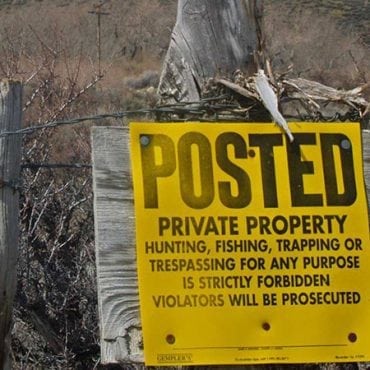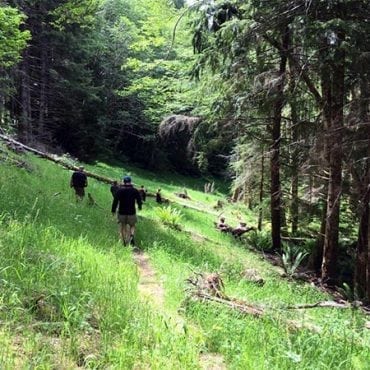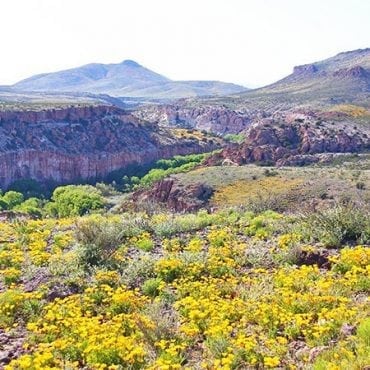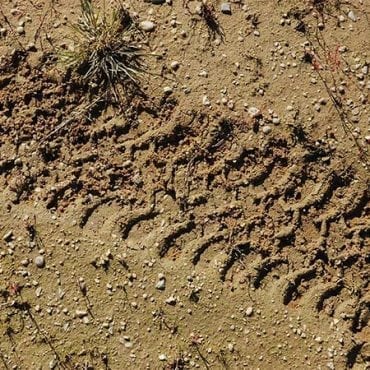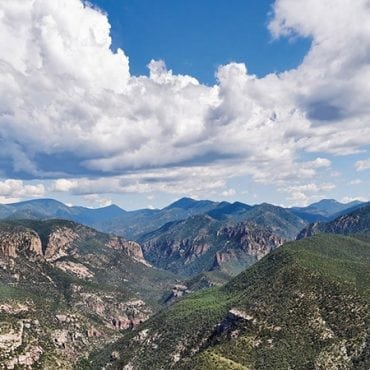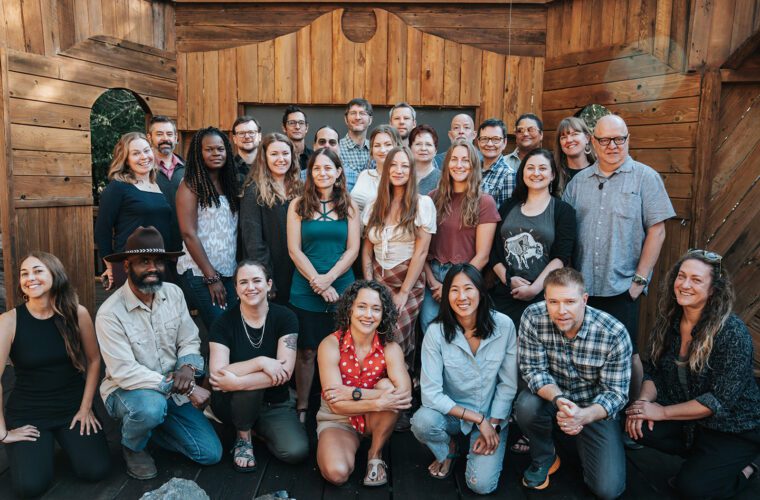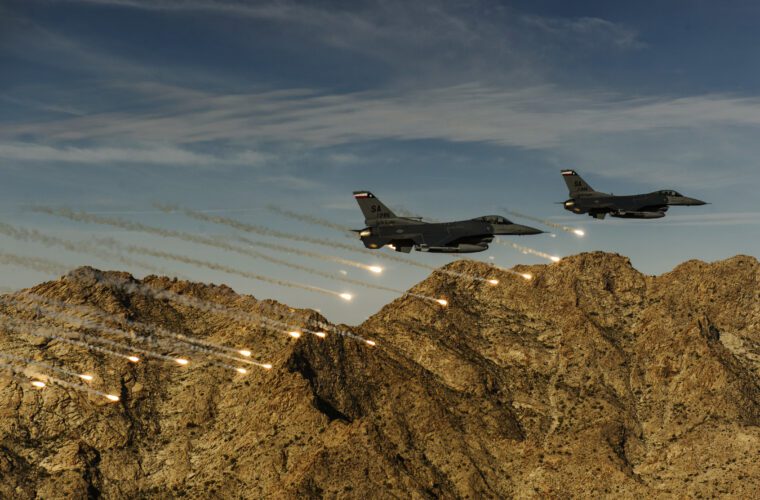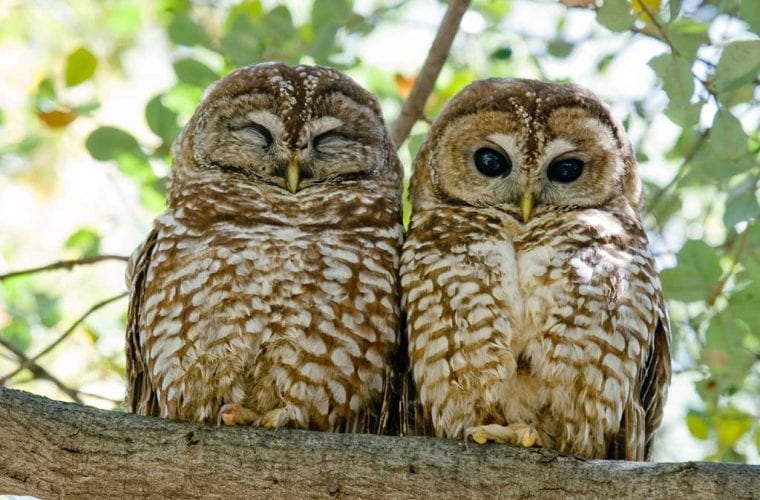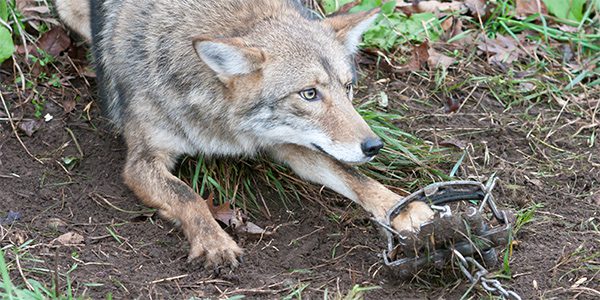Photo Credit: USDA
Protect public lands – connect vast landscapes where wildlife can roam
Public Lands
Our greatest conservation opportunity is protecting and connecting the West’s vast landscapes where majestic wildlife can roam—from the largest grizzly to the smallest meadow jumping mouse; where birds can soar and sage grouse can strut; where fish thrive in water that is pure and clean; and where people experience the primal power of the wild.
Yet the federal government and corporate interests have other ideas, and are bent on destroying public lands, waters, and wildlife with increased logging, mining, livestock grazing, oil and gas development, motorized use, and even more roads.
Guardians combats this culture of extraction with connection, protection, and healing, deploying strategies from education and restoration to advocacy and litigation to preserve and restore America’s wild places, wild rivers, and wildlife. We think and act at the local, regional, and West-wide levels: from the unparalleled biodiversity of the Greater Gila in New Mexico to the majesty of Glacier National Park, from the mountain sources of rushing rivers along their flow through the Pacific Northwest, we strive for vast, interconnected landscapes teeming with the diversity of life.
Public Lands Program Work
WildEarth Guardians plants native vegetation along riversides once scarred by livestock grazing, protects wild landscapes from disruptive and damaging motorized off-road vehicles, and much more.
Public Lands in Public Hands
Protecting public lands from agencies, Congress, modern-day robber barons, and everyone else who seeks to privatize them
Rewild Lands and Waters
Removing unneeded roads from public lands, maintaining roads that are still needed, and restoring passage for fish when roads block their spawning grounds
Grazing Permit Retirement
A proven strategy to equitably resolve conflicts between historic uses and modern ecological realities
Moderating Motorized Use
Keeping off-road vehicles and snowmobiles off of fragile landscapes to protect wildlife and water quality
The Greater Gila
Safeguarding the diversity and dynamism of the Greater Gila Bioregion, including working with ranchers to retire grazing allotments and return Mexican wolves to their ancestral homeland
The Status of the Grizzly Bear: Has it Really Recovered?
Five leading experts present their findings.
Brave New Wild Blog
A Retreat to Jump Forward
Guardians gathered to connect with one another, reflect on past triumphs, and develop a strategic plan to guide the organization into the future.
Act Now to Stop Air Force Expansion in Arizona and New Mexico
Sonic booms and lower-level flights will disturb humans and wildlife.
This southwestern biodiversity hotspot deserves celebration… and protection
From lobos to the Chiricahua leopard frog, the Greater Gila Bioregion is a wild fortress against extinction
Public Lands Press
Environmental, Public Health Groups File Brief Opposing Utah Oil Train’s Supreme Court Appeal
The U.S. Surface Transportation Board failed to consider the risks of increased oil extraction in the Uinta Basin and potential downline threats to wildlife, the Colorado River, and public health and safety.
Read more >We can promote resilience in Santa Fe mountain forests
The Sangre de Cristo Mountains rise in beauty behind Santa Fe. They are home for species ranging from rare giant helleborine orchids to the tiny threatened American pikas, along with our state’s iconic bald eagles, mule deer, cougars and black bears.
Read more >The Yaak Valley Is Ground Zero for Montana’s Environmental Future
The controversy reached its boiling point in August when U.S. District Court Judge Donald W. Molloy ruled that the USFS failed to adequately account for the Black Ram’s negative consequences on the Yaak’s grizzly bear population and climate change more generally.
Read more >